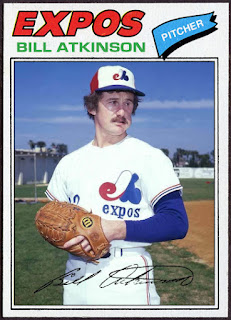Moving right along with my "missing" 1972 All-Star sub-set, we come to the second starting All-Star outfielder for the American league in 1971's Midsummer Classic, the great Frank Robinson of the Baltimore Orioles:
A two-time Most Valuable Player, and the first to do it in both leagues, Robinson also took home a Triple Crown in 1966, was a twelve time All-Star, finished in the Top-4 in MVP voting outside his two wins, and oh yeah, as mentioned earlier was also the first African-American Manager in league history.
When he retired as an active player in 1976, Robinson was in the top-5 in so many offensive categories he was in the company of Babe Ruth, Hank Aaron and Willie Mays.
Yet oddly enough, perhaps because of the era he played in, he would get buried in the “all-time greats” conversation in lieu of the aforementioned players along with guys like Ty Cobb, Roberto Clemente and Ted Williams.
I would say he and Stan Musial are the TWO greatest “underrated” players of all-time, and you could arguably throw in others like Bob Feller for good measure.
Just an all-out legend in so many ways.






































